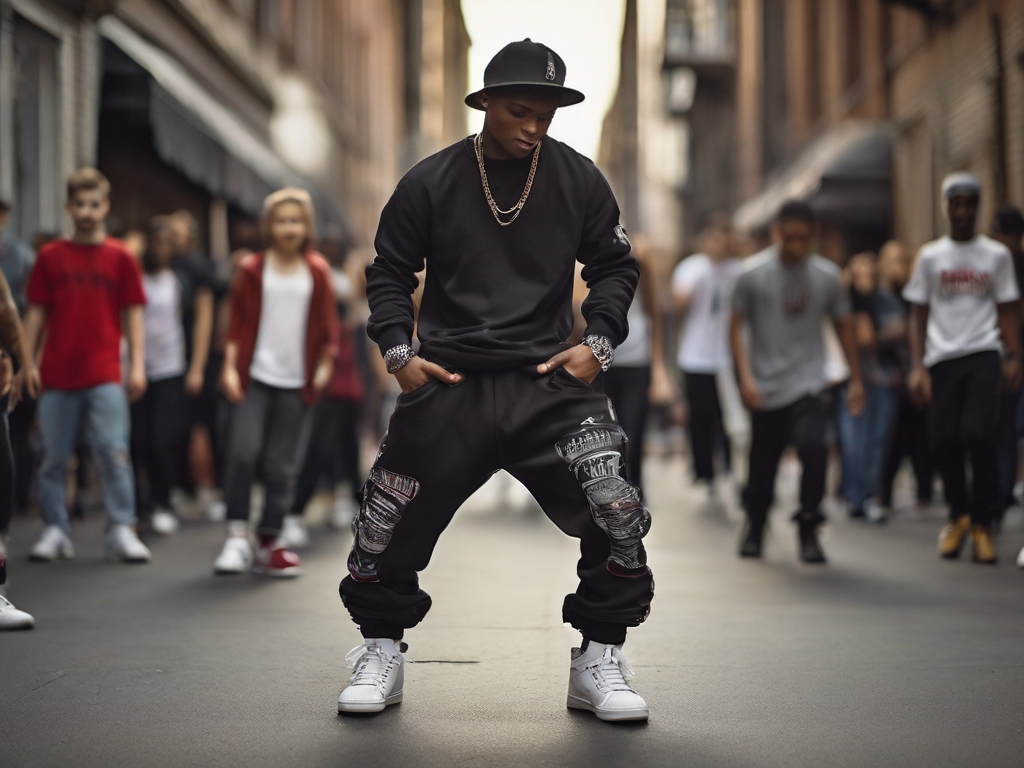Street dance isn’t a monolithic entity; it’s a vibrant tapestry woven from an array of distinct styles, each with its own history, cultural influences, and characteristic movements. This article delves into the details of some of the most popular street dance styles, equipping you with the knowledge to not only appreciate their unique qualities but also identify them when you witness them on the dance floor or on screen.
Breaking (B-Boying/B-Girling):
Breaking, often referred to as B-Boying or B-Girling, is a cornerstone of street dance. It originated in the Bronx borough of New York City in the 1970s and is known for its athleticism, power moves like windmills and freezes, and dynamic footwork patterns known as “footwork.” Breaking incorporates elements of acrobatics, gymnastics, and martial arts, creating a visually captivating and physically demanding style.
Popping:
Popping is characterized by its distinct quick muscle contractions, creating a popping or jerking effect. Dancers isolate specific muscle groups, causing sudden stops and isolations in their movements. Popping often utilizes animation-inspired freezes and poses, adding a playful and robotic aesthetic to the dance style.
Locking:
Locking is instantly recognizable by its sharp and fast arm movements, including locks (stopping motions), points (pointing fingers), and funky chicken (a hand gesture resembling a chicken’s wing). The style emphasizes intricate footwork patterns like the “shuffle” and the “campbells,” creating a rhythmic and visually engaging display.
House Dance:
House dance originated in the Chicago house music scene of the 1980s. It’s characterized by footwork patterns inspired by footwork seen in jazz and tap dance, with an emphasis on syncopation and improvisation. House dance is known for its loose and playful energy, often incorporating elements of freestyle and social dancing.
Krump:
Krump, a more recent addition to the street dance family, emerged in the 1990s from African American and Latino communities in Los Angeles. It’s a highly expressive and raw style, characterized by aggressive arm movements, stomps, and chest pops. Krumping often serves as a form of storytelling, conveying emotions like anger, frustration, and empowerment through movement.
Waacking:
Waacking, also known as whacking, is a distinctive style heavily influenced by disco and funk music. It’s known for its sharp arm movements, particularly the “waack” (a quick whipping motion of the arm), and intricate footwork patterns. Waacking is often characterized by a playful and sassy attitude, drawing inspiration from the disco era.
Beyond the Basics:
This list merely scratches the surface of the vast and ever-evolving world of street dance styles. Subgenres like hip-hop freestyle, tutting, boogaloo, and animation all add to the richness and diversity of this dynamic art form. As you delve deeper into the world of street dance, you’ll discover regional variations, stylistic fusions, and the continuous evolution of these styles, pushed forward by the creativity and innovation of dancers worldwide.
Conclusion
Street dance is a beautiful tapestry woven from an array of styles, each with its own story to tell. By understanding the nuances of these different genres, you can better appreciate the artistry and dedication of street dancers. So, the next time you witness a captivating street dance performance, take a moment to identify the styles being showcased, and marvel at the diversity and creativity that defines this ever-evolving art form.




